Let's talk Chow Chows
A cherubic face encircled by a lion’s mane of plush fur: The very refined Chow Chow is one-of-a-kind. Princely in their conduct, some may take that as aloof, but they’re really just keeping to themselves. The breed bonds strongly to their human family and although they can be wary of strangers, they do warm up when properly introduced. Chow Chows are known to be fastidious - and easy to house train - a winning combination of traits all around.
Official name: Chow Chow
Other names: Chow
Origins: China
Drooling tendencies
3 out of 5Shedding Level
1 out of 5Energy level*
1 out of 5Compatibility with other pets
1 out of 5Warm weather?
1 out of 5Suited to apartment living
3 out of 5Family pet?*
3 out of 5Can stay alone
4 out of 5
| Male | Female |
|---|---|
| Height | Height |
| 48 - 56 cm | 46 - 51 cm |
| Weight | Weight |
| 20 - 31 kg | 20 - 31 kg |
| Life stages | |
|---|---|
| Adult | |
| 1 to 7 years | |
| Mature | Senior |
| 7 to 10 years | from 10 years |
| Baby | |
| Birth to 2 months | |
Drooling tendencies
3 out of 5Shedding Level
1 out of 5Energy level*
1 out of 5Compatibility with other pets
1 out of 5Warm weather?
1 out of 5Suited to apartment living
3 out of 5Family pet?*
3 out of 5Can stay alone
4 out of 5
| Male | Female |
|---|---|
| Height | Height |
| 48 - 56 cm | 46 - 51 cm |
| Weight | Weight |
| 20 - 31 kg | 20 - 31 kg |
| Life stages | |
|---|---|
| Adult | |
| 1 to 7 years | |
| Mature | Senior |
| 7 to 10 years | from 10 years |
| Baby | |
| Birth to 2 months | |
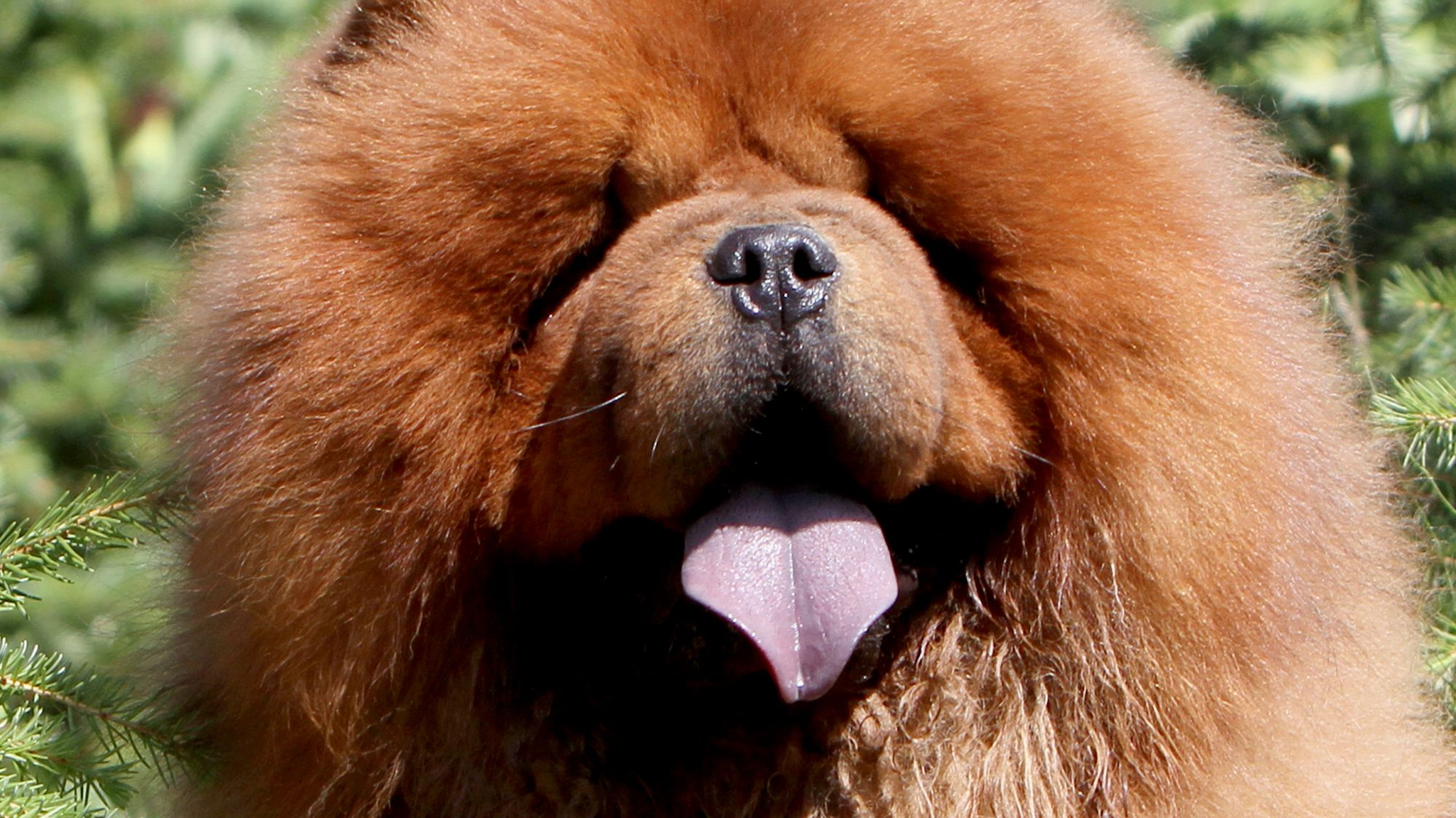
Get to know the Chow Chow
All you need to know about the breed
Maybe it was years of keeping watch at the palaces of Chinese Emperors and hanging with nobility that formed the Chow Chow into the noble breed they are, but the world is better for it. Their dignified stare emanates from a face enrobed by a thick mane of fur that’s usually golden, but also red, black, blue (!), chestnut or cream white. Leontyne in appearance, they’re finished off by sturdy limbs, substantial paws, and a hefty but strong body.
The Chow Chow dog is not at all shy or aggressive. Call them the strong silent type. They may sport what looks like a bit of a scowl but their overall demeanour is quite serene. The Chow Chow was bred over centuries to be incredibly loyal, just one of their many winning attributes.
One of the Chow Chow’s other great qualities is their clean nature. They are practically odour-free and very meticulous with their surroundings and conduct.
The Chow Chow dog also takes to city life without missing a beat—not that they can’t also adjust to bigger, more rural spaces but given their particular nature, being in a more low-key place is preferable. When newcomers enter their domain, the Chow Chow is often quite wary, but with early socialisation, your dog can grow up to be a regular canine social butterfly.
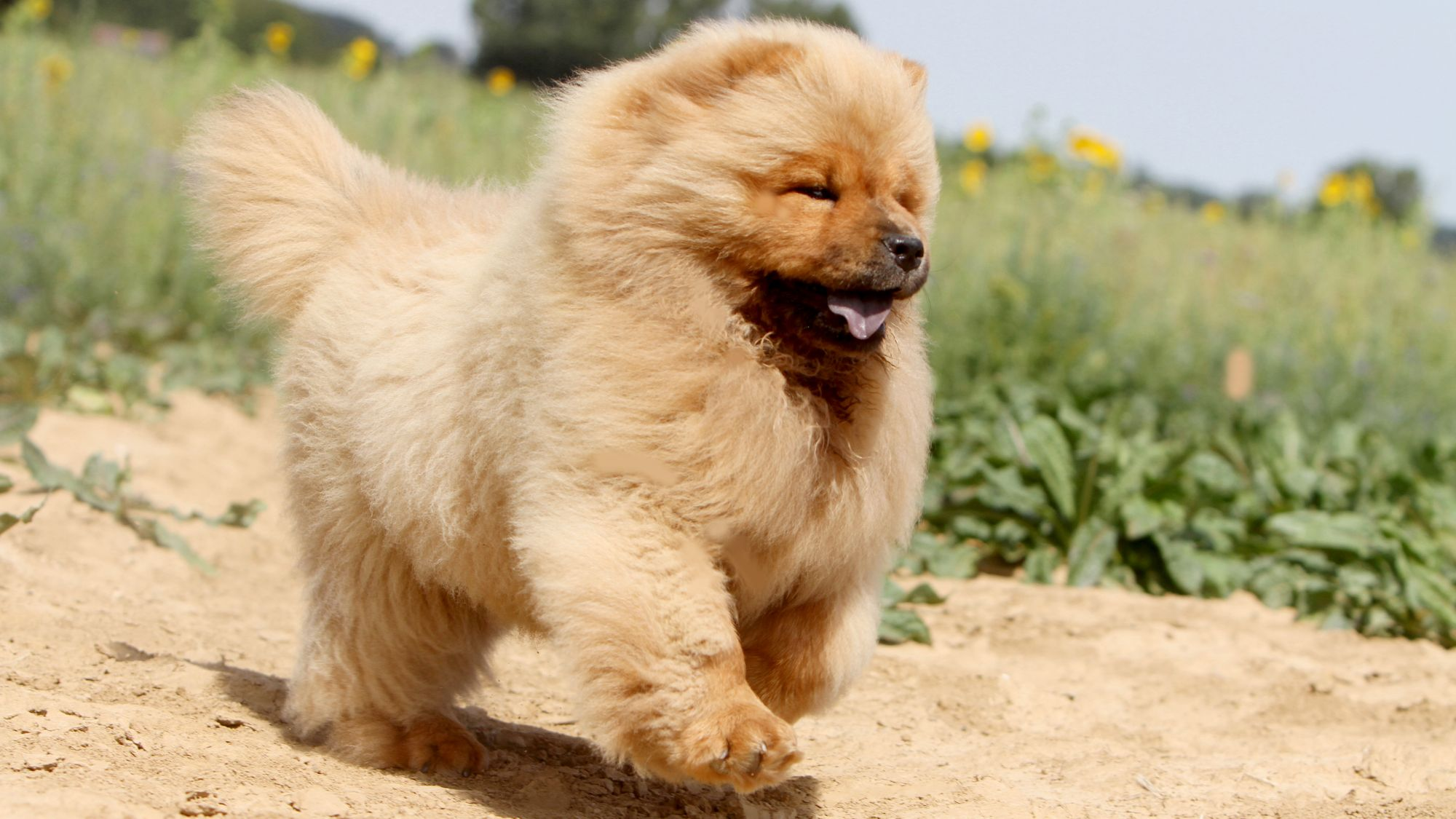
2 facts about Chow Chows
1. Barker, not a barker
Of regal bearing – thank you very much – the Chow Chow breed isn’t terribly vocal, such is their subdued nature and need to sit back and assess. That said, the breed was raised to protect palaces so they know to express themselves on an as-needed basis. That’s usually if they feel you’re in danger or something strange is afoot.
2. Why so blue?
Chow Chows are known for their blue-black tongue, one of their many outstanding and unique characteristics. Chow Chow puppies are born with pink tongues and as their eyes open, the blue-black colour sets in, reaching its full hue at six months. The atypical tint is a result of a higher amount of pigment cells on the tongue’s surface. A Chow Chow with a dark tongue is considered top dog when it comes to championship ranking.
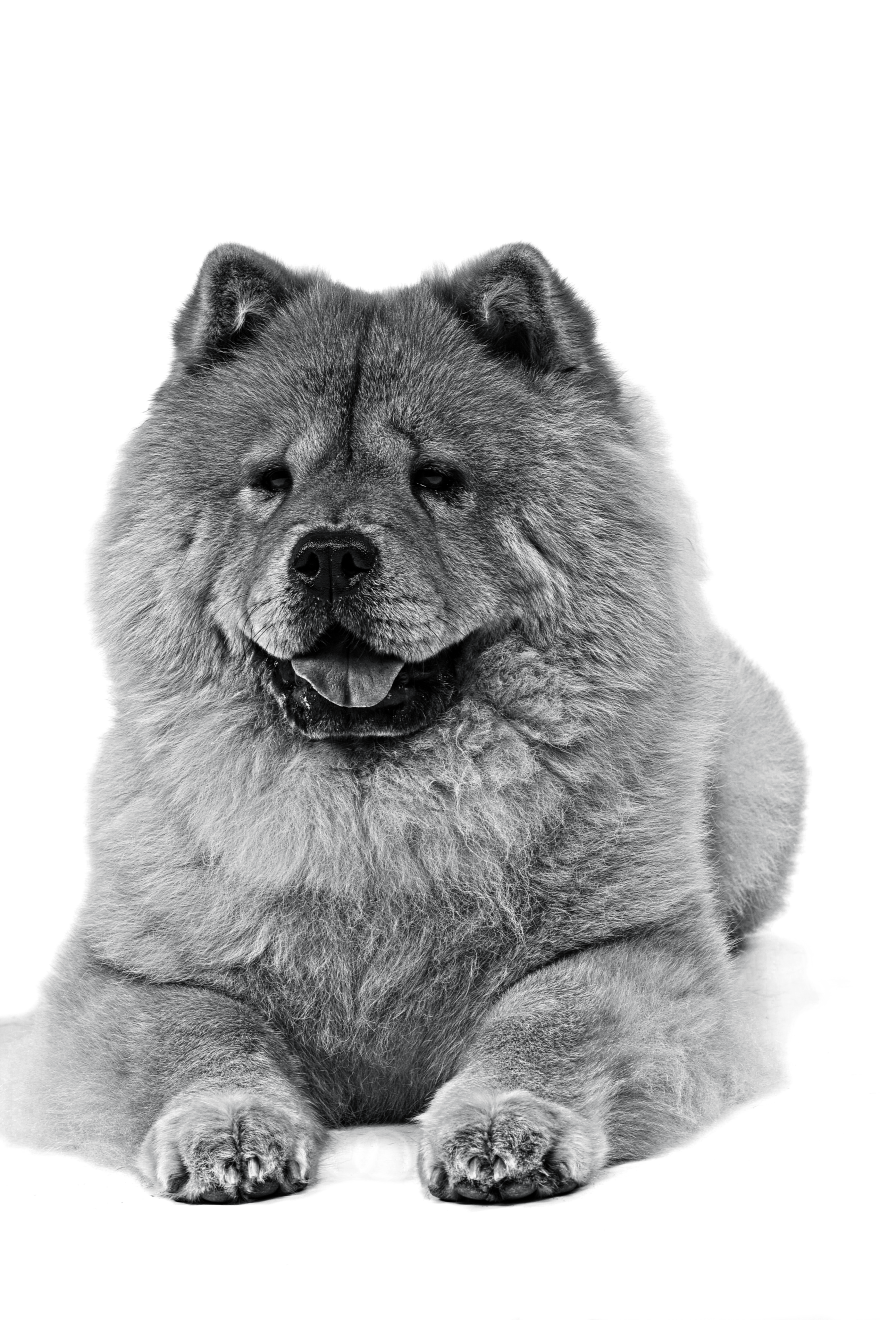
History of the breed
Look closely at artifacts from China’s Han Dynasty in the year 206 B.C. and you will see the large fluffy Chow Chow often depicted. The breed counts themselves among the world’s oldest breeds, and were traditionally a prized companion of nobles. In the 8th century, it is said one emperor of the Tang Dynasty housed 5,000 Chow Chows in his kennel. A working dog as well, they’ve been used for sport, as a guardian, and for labour.
The Chow Chow’s plush coat and curved tail is said to be the original of the spitz-type breeds, giving rise to others like the Pomeranian and Akita. Their name stems from British importers who brought the breed in along with other foreign goods from Asia, logging them simply as “various goods” on shipping manifests.
An exhibition of Chow Chows at the London Zoo in the 1820s brought the breed into prominence and Queen Victoria, who reigned later in the century, was a proponent of the breed. They then made their way to America in the 1890s, reaching huge popularity in the 1980s. The American Kennel Club had already recognised the breed in 1903.
From head to tail
Physical characteristics of Chow Chows
1.Ears
2.Head
3.Body
4.Tail
5.Coat
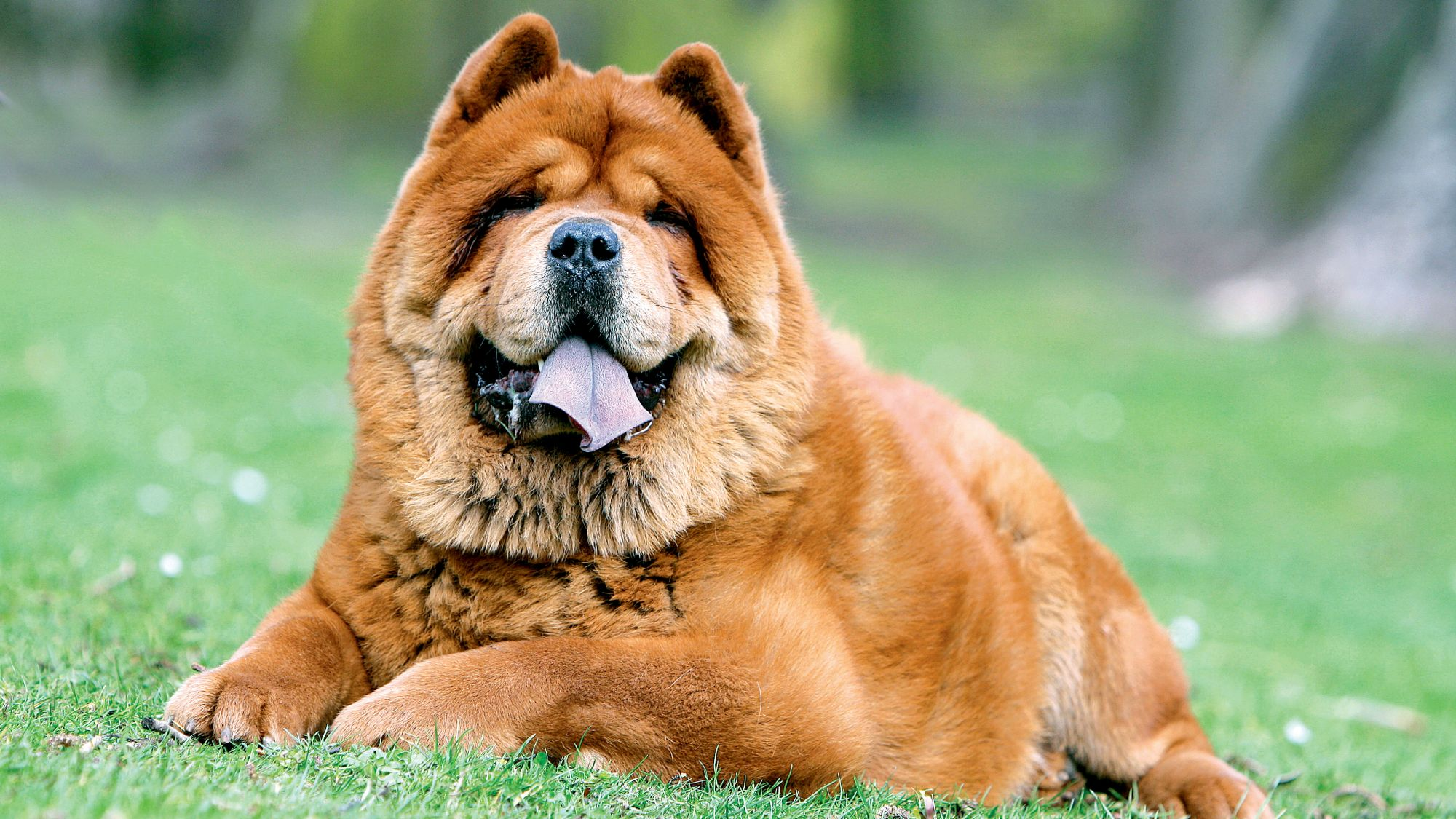
Things to look out for
From specific breed traits to a general health overview, here are some interesting facts about your Chow Chow
Clean and tidy
One of the better qualities of the Chow Chow dog is their fastidiousness. The breed is known for their finicky nature, particularity when it comes to themselves and their surroundings. They also exude very little canine odour naturally. Some describe their smell as like fresh laundry or even popcorn (you read that right). Brushing them often to rid them of dead hair will help keep any odour - or dirt - from accumulating.
Look into my eyes
Chow Chows are a brachycephalic breed - meaning a more pushed-in face and snout - including deep-set, oval eyes sunken into their plush fur. Their cherubic facial structure can create serious breathing restrictions and detract from their peripheral vision and ability to make quick judgments at times. Approaching them always on the slow side is the best call. When it comes to brachycephalic breeds, choose a dog with features that aren't over-exaggerated, buy from a responsible breeder, and seek counsel from your veterinarian.
Healthy diet, healthier dog
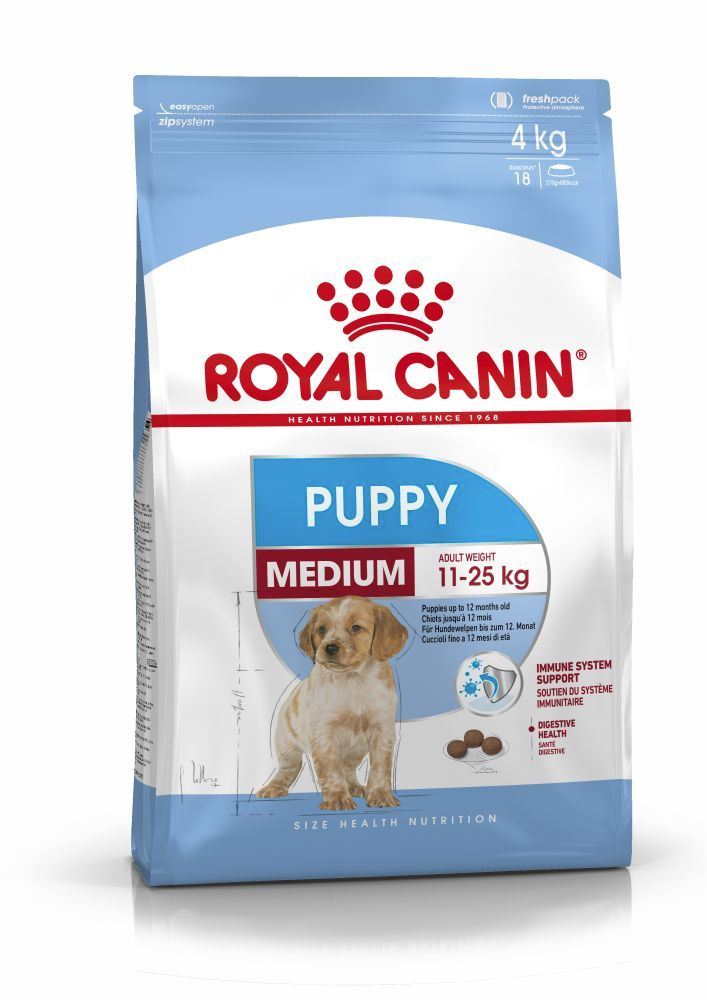
When choosing food for a Chow Chow, there are many factors to consider: Their age, lifestyle, activity level, physiological condition, and health including potential sickness or sensitivities. Food provides energy to cover a dog’s vital functions, and a complete nutritional formula should contain an adjusted balance of nutrients to avoid any deficiency or excess in their diet, both of which could have adverse effects on the dog.
Clean and fresh water should be available at all times to support good urinary regularity. In hot weather and especially when out exercising, bring water along for your dog’s frequent water breaks.
Energy intake may also have to be adapted to the climatic conditions. A dog that lives outdoors in winter will have increased energy requirements.
The following recommendations are for healthy animals. If your dog has health problems, please consult your veterinarian who will prescribe an exclusively veterinary diet.
A Chow Chow puppy’s requirements, in terms of energy, protein, minerals, and vitamins, are much greater than those of an adult dog. They need energy and nutrients to maintain their body, but also to grow and build it. Until they are 12 months old, a Chow Chow puppy’s immune system develops gradually. A complex of antioxidants – including vitamin E – can help support their natural defences during this time of big changes, discoveries, and new encounters. Their digestive functions are different from an adult Chow Chow’s, too: Their digestive system is not mature yet so it’s important to provide highly-digestible proteins that will be effectively used. Prebiotics, such as fructo-oligosaccharides, support digestive health by helping balance the intestinal flora, resulting in good stool quality.
Similarly, a puppy’s teeth – starting with the milk teeth, or first teeth, then the permanent teeth – are an important factor that needs to be taken into account when choosing the size, shape, and texture of kibble. This short growth phase also means high energy needs, so the food must have a high energy content (expressed in Kcal/100g of food), while concentrations of all other nutrients will also be higher than normal in a specially-formulated growth food. It is recommended to split the daily allowance into three meals until they are six months old, then to switch to two meals per day.
Throughout their life, it is important to avoid feeding Chow Chows human foods or fatty snacks. Instead, reward them with kibble taken from their daily meal allowance, and strictly follow the feeding guidelines written on the package in order to prevent excessive weight gain.

The main nutritional goals for adult Chow Chows are:
Maintaining an ideal body weight by using highly-digestible ingredients and keeping the fat content at a sensible level.
Promoting optimal digestibility with high-quality protein and a balanced supply of dietary fibre.
Helping to preserve the health and beauty of the skin and coat with the enriched addition of essential fatty acids (especially EPA and DHA), essential amino acids, and B vitamins.
To help support their natural defences, a formula enriched with an antioxidant complex and containing mannan-oligosaccharides is recommended.
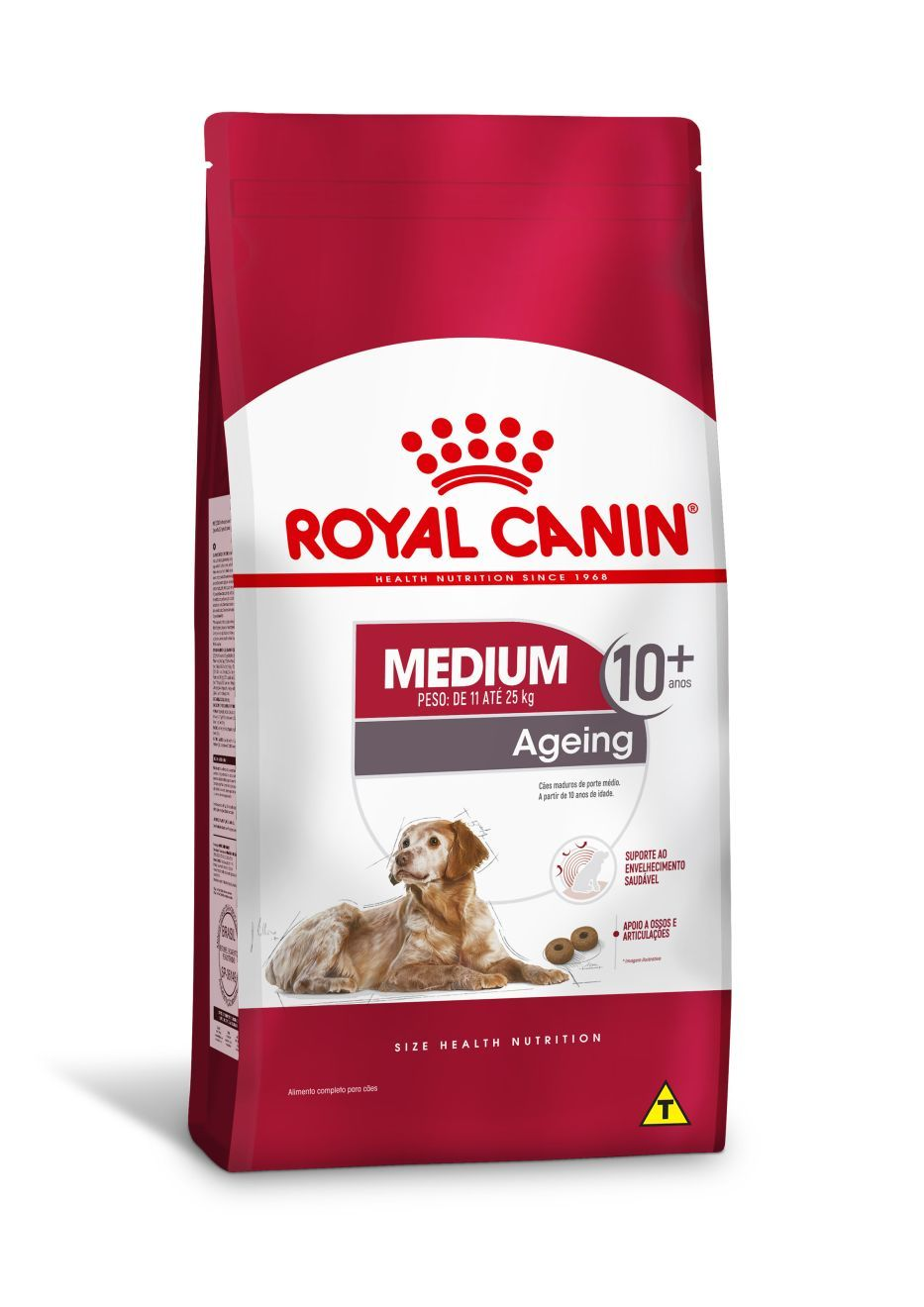
After 7 years old, Chow Chows start facing the first signs of ageing. A formula enriched with antioxidants will help maintain their vitality, and specific nutrients, such as chondroitin and glucosamine, will help maintain healthy bones and joints. Ageing is also accompanied by the modification of digestive capacities and particular nutritional requirements, so food for older Chow Chows should have the following characteristics:
Higher vitamin C and E content. These nutrients have antioxidant properties, helping to protect the body’s cells against the harmful effects of the oxidative stress linked to ageing.
High-quality protein. Contrary to a widely held misconception, lowering the protein content in food brings little benefit in limiting kidney failure. In addition, older dogs are less efficient at using dietary protein than younger dogs. Reducing the phosphorus content is a good way of slowing down the gradual deterioration of kidney function.
A higher proportion of selected trace elements to maintain the skin and coat in good condition.
A higher quantity of polyunsaturated fatty acids to help maintain the quality of the coat. Dogs can normally produce these fatty acids, but ageing can affect this physiological process.
As they age, dogs increasingly suffer from teeth problems. To ensure they continue to eat in sufficient quantities, the shape, size and hardness of their kibble needs to be tailored to their jaw.
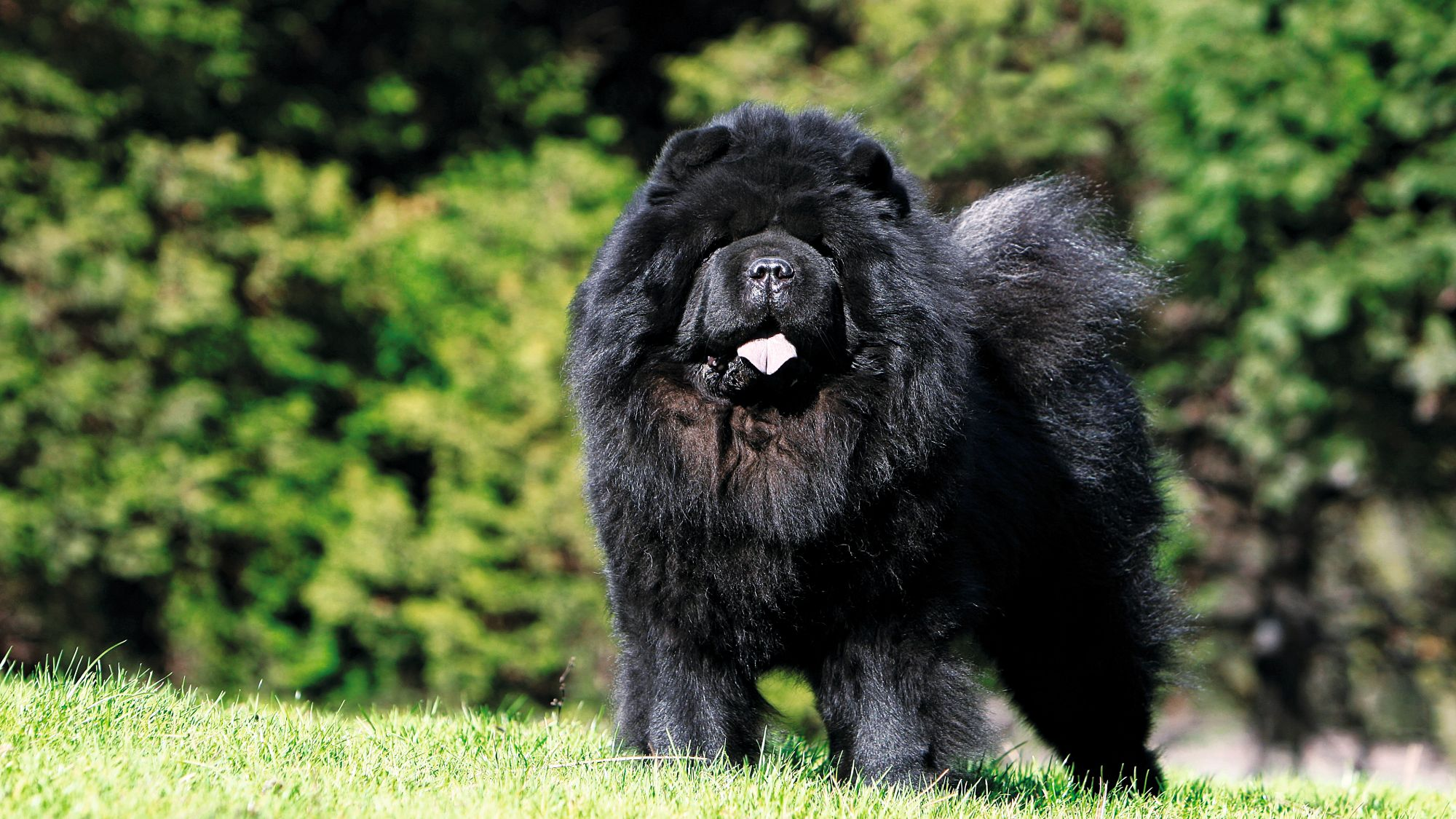
Caring for your Chow Chow
Grooming, training and exercise tips
7/7
All about Chow Chows
One look at the buoyant face of a Chow Chow and it’s easy to think they’re extremely friendly. They are however fairly standoffish—not that they’re not affectionate but the breed definitely takes their time warming up to all who enter the inner circle. The Chow Chow is used to being independent, which is a great trait for those who want a mature canine on the homefront. Go slow with introductions and socialise them when young so they’re used to new friends of all sorts.
The Chow Chow dog possesses so many great traits: Unbending loyalty, steadfastness, and high intelligence but one thing they are as well is stubborn. The breed tends to be independent-minded but their determined nature doesn’t mean they’re hard to train, it just means repetition may be needed. Praise and more praise will bring out the best behaviour.
Suggested Breeds
Read more on this topic
Sources
- Veterinary Centers of America https://vcahospitals.com/;
- Royal Canin Dog Encyclopaedia. Ed 2010 and 2020
- Banfield Pet Hospital https://www.banfield.com/
- Royal Canin BHN Product Book
- American Kennel Club https://www.akc.org/
Like & share this page